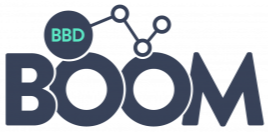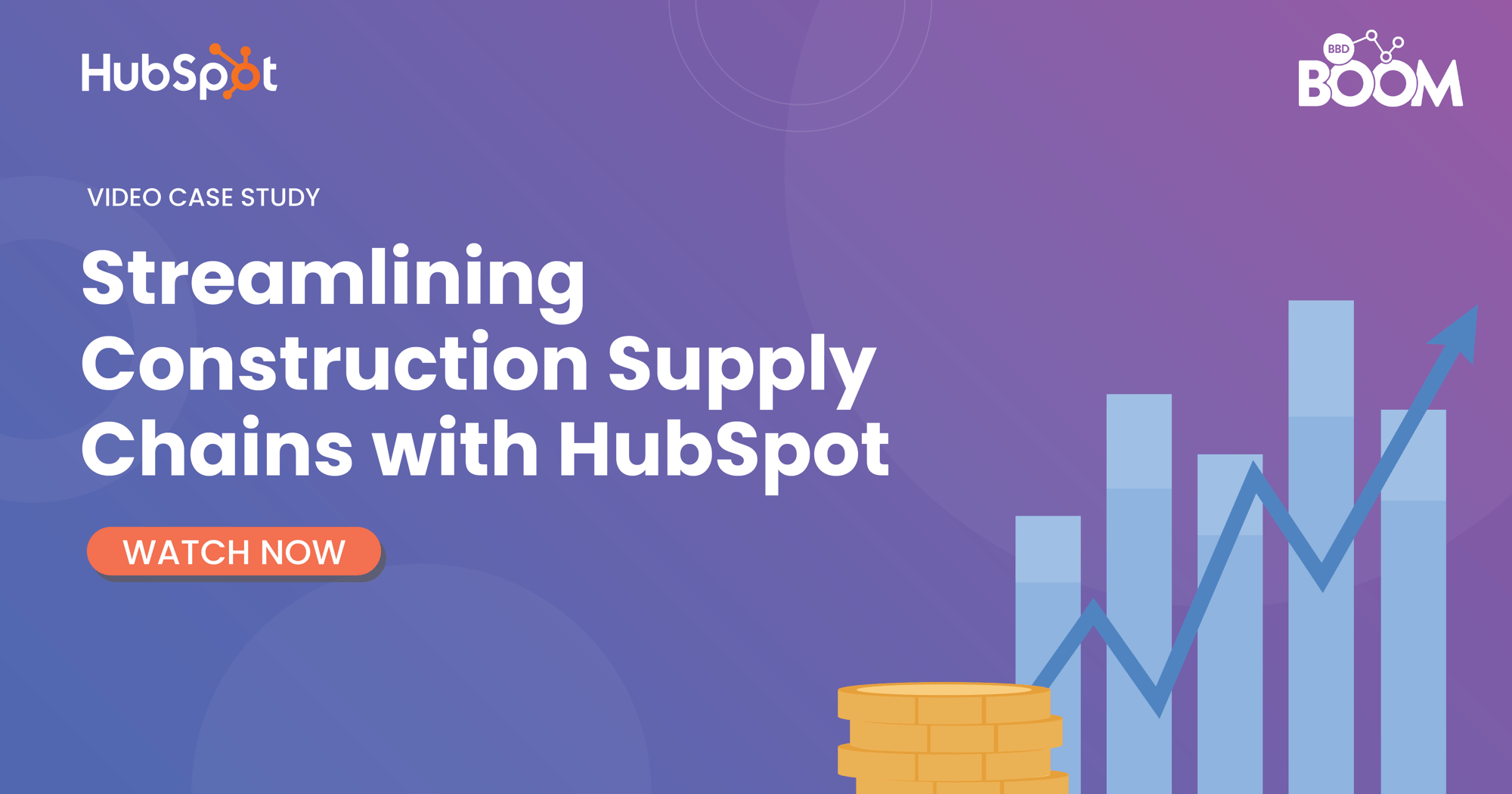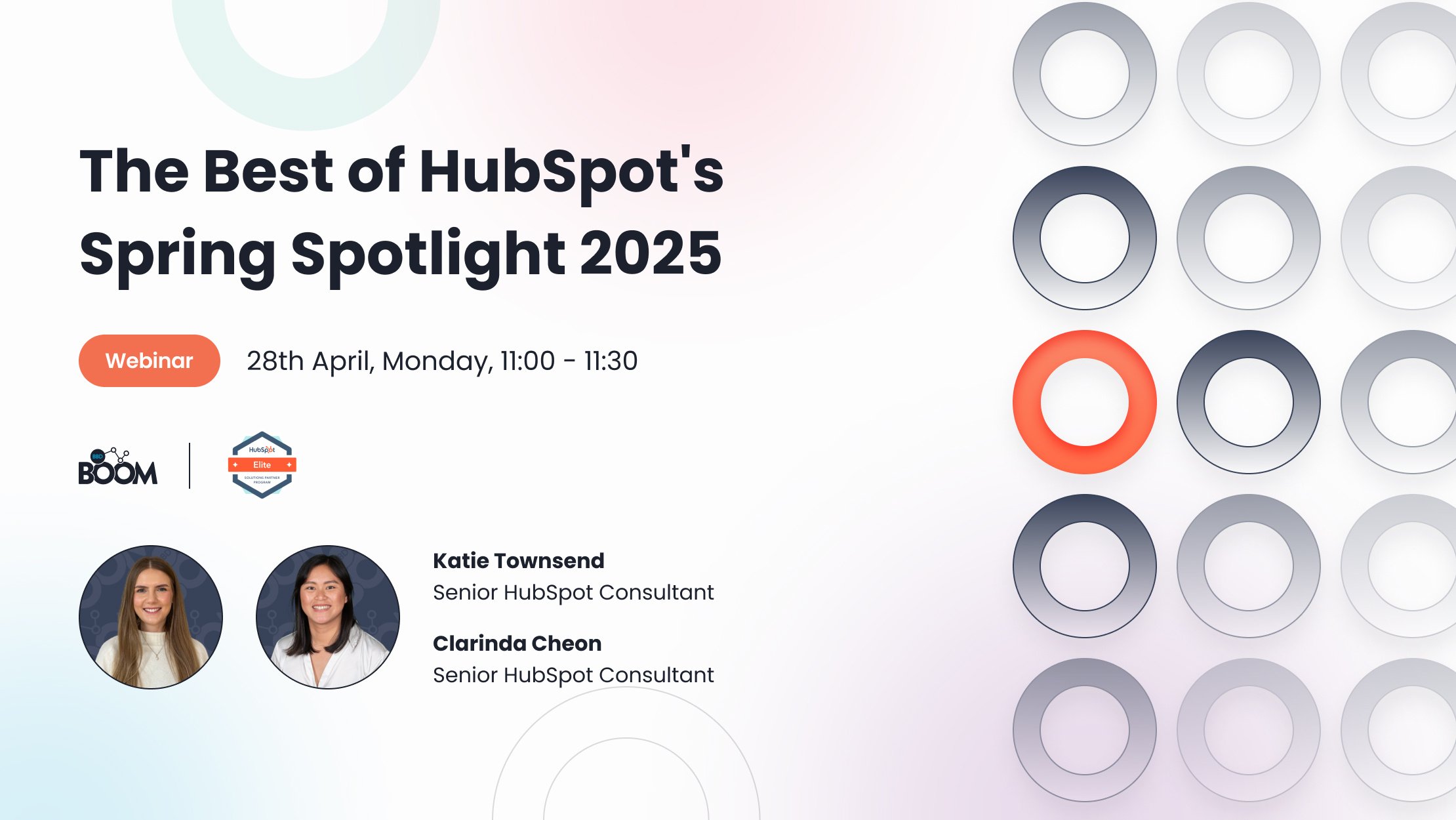Within the marketing industry, there are two main camps regarding social media. In camp one, you have the publicity-minded people who love generating buzz and engaging with a wider audience. In the other camp, you have the digital folks who are more cynical and claim it’s nearly impossible to demonstrate ROI for organic content.
At Boom, we tend to sit in the middle of these two camps. We love engagement as much as the next guy, but we’re big on ROI. It’s the most important metric for us. So how does social media fit into an inbound strategy with ROI at its heart?
In campaigns for ourselves and our clients, we use social media for 2 main purposes: content deployment and retargeting. Here’s how we do both.
Social media for content deployment
When you have new content, you want as many people as possible to see it, right? But for so many people we talk to, the only way they’re distributing their content is via email. We love email, obviously, but if you’re only sending it to people already on your list, you could be missing out on a whole new audience, among whom could be your next client.
When sharing your content online, you can do so through paid ads, which are supported by every major social media platform, or through “organic” (unpaid) content. When you share organic content, you’re relying on people already liking your page or being friends with someone who does. When creating paid ads, you’re able to reach a wider audience, but obviously it comes at an additional cost.
Organic content may not perform as well, but it’s an important part of every marketing strategy. You want to make sure you have active profiles on relevant networks so that the right people can find you wherever they are. Here are some best practices for organic social content:
- Focus on creating conversation and engagement by asking questions and generating discussion
- Remember that visual content will almost always perform best, especially video content
- Utilise every feature that your social networks offer, from stories to tagging to albums
- Salesy content doesn’t do very well in an organic social setting
Paid content, on the other hand, is incredible trackable, and you can optimise as you go to create the maximum return on investment. An effective paid media strategy is best created by specialists, but here are some basic tips for success:
- Don’t just boost your posts from the feed – set them up through the ads manager for more advanced targeting and tracking
- When deploying content, you can target in an almost endless number of ways, but here are some of the most popular audiences:
- Website visitors (based on data picked up by the relevant pixel)
- Lookalike audience (people similar to those who like your page)
- Interest-based targeting (those who have expressed interest in something relevant)
- Keep in mind that this is for content deployment, not direct sales, so the focus should still be on adding value via the content you’ve produced
When you share your new content on social media, you create the opportunity for new people to discover it and therefore get to know your brand. They can then enter your CRM so that you can start marketing to them directly. Without social media, some of these opportunities wouldn’t exist at all.
Social media for retargeting
Once someone is in your CRM, how are you marketing to them? If you’re like most people, you’re probably just sending them promo emails when you have new content, hoping they’ll take the next steps you offer them. But with the average B2B buyer needing anywhere from 7 to 42 touchpoints before conversion, that could be an incredibly long sales cycle.
With paid social media, you have the ability to retarget those who have interacted with your brand in order to create additional touchpoints, stay top of mind and shorten the sales cycle. Here are some ideas for social media retargeting:
- Retarget those who opened content promo emails but didn’t click through or download the content by uploading an email list
- Retarget visitors to certain pillar pages with relevant content
- Retarget people who downloaded one piece of content with a similar one further down the funnel – do this via pixel data from thank you pages rather than uploading email lists for a more automated process
- Send a video ad to one group, then retarget those who watched a certain percentage with a relevant offer
With paid social media, the targeting possibilities are nearly endless. The important thing is to understand your audience and their behaviour so that you can retarget them in the right context. Once you can do that, you’ve found the puzzle piece missing from so many inbound strategies, and you should see a massive uplift in the number of people in your audience who are interacting with your content and taking you up on your offers.
No matter how you’re using social media, there are a few things you should keep in mind:
- Always add value before extracting value
- Make sure your landing pages are high quality to convert the traffic you’re generating into leads
- Create clear calls to action at every stage
- Integrate your social media platforms with your CMS for better automation
Whatever your social strategy, HubSpot is a great resource and tool for implementing it effectively. And if you’d like to speak to a specialist about how social media would best fit into your inbound strategy, click here to get in touch.
To learn more about inbound marketing click here.

.png)



.jpeg?width=50&name=1606312468922%20(1).jpeg)

.jpeg?width=90&name=1606312468922%20(1).jpeg)


